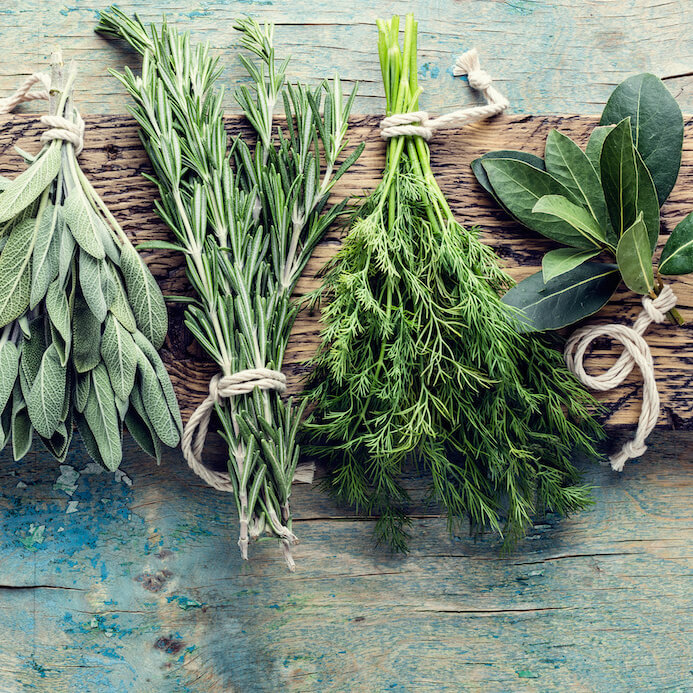Living Maxwell
Better Choices
What’s With These Holes in My Kale?
Ok. Let’s be very, very honest here.
How many times have you been at the market, looked at a piece of organic produce, seen numerous imperfections, and then searched for something that looked a little bit more aesthetically pleasing?
I’m certainly guilty of doing that.
But the question is: Why do we do this?
My sense is that we have this belief in the U.S. that fruit and vegetables are supposed to look “perfect”. And if they are not perfect, there is something wrong with them.
Yet, as organic consumers, this is something that we need to get beyond.
Take, for example, the kale (above) that I bought in Nantucket this past weekend at Pumpkin Pond Farm, a certified organic farm.
The kale is full of holes, something that I have encountered numerous times at my local organic market. I have always thought that some insect had eaten its way through it and “infected” or “damaged” it. Therefore, it was to be avoided.
However, this is very much not the case.
According to Joshua Melanson, an organic farmer at Pumpkin Pond Farm, “there is absolutely nothing wrong with the kale. The flea beetle creates small holes but doesn’t transmit any disease. There is simply less kale.”
Apparently, it isn’t just kale that flea beetles like to feast on. They feed on all types of brassica, such as mustard greens, arugula, broccoli and cabbage, and are very common in organic cropping.
Farmers can avoid having holes in the kale by covering the crops each night, a very cumbersome process, or by spraying them with super-toxic synthetic pesticides, something that organic farmers cannot do.
